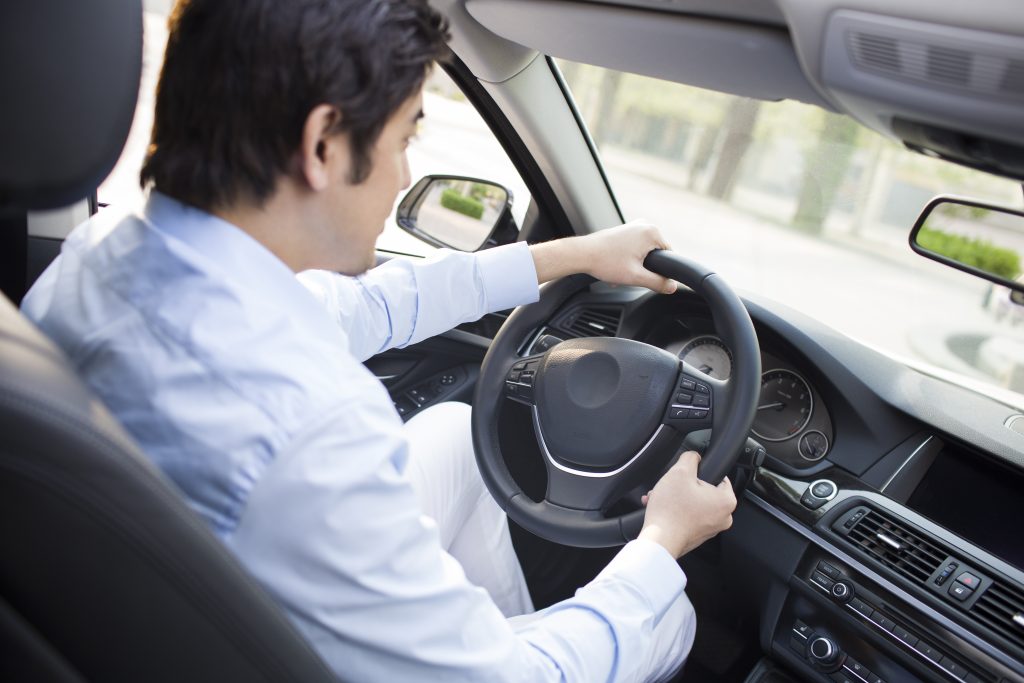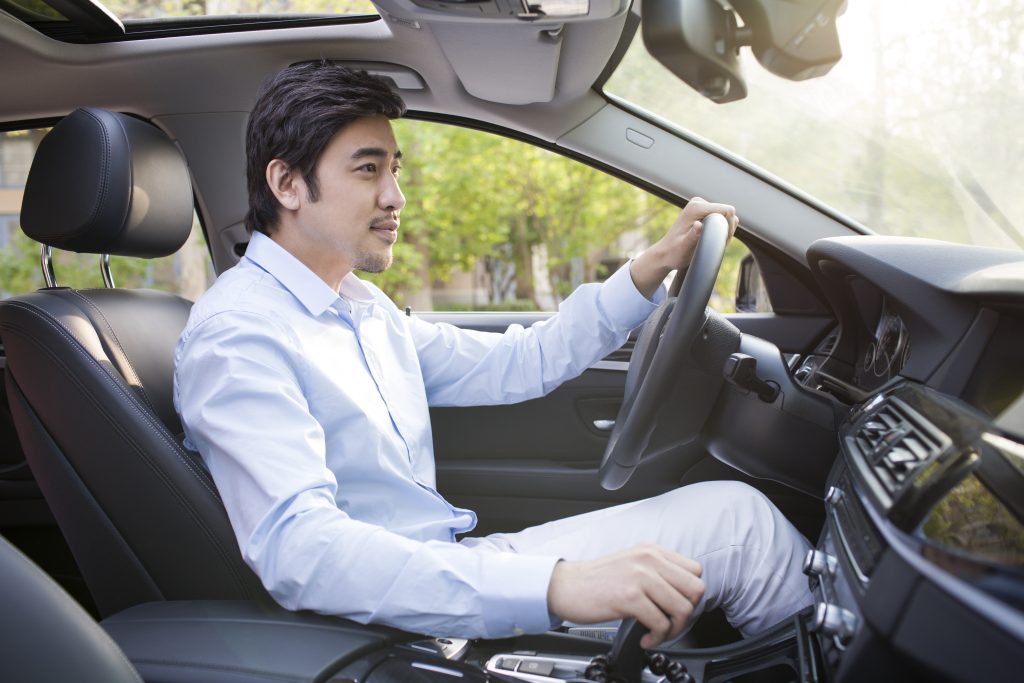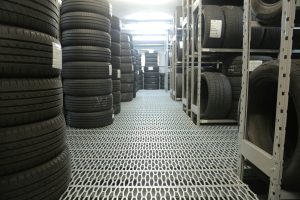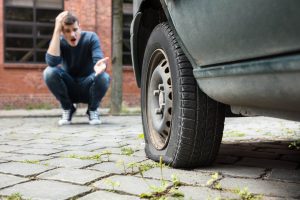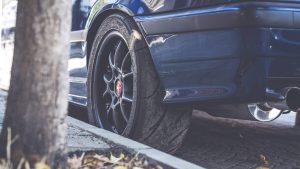Managing the costs of motoring is always vital to household budgeting, and one of the best ways you can do this is to optimize the fuel consumption of your vehicle and the fuel efficiency of your driving.
Before we start discussing fuel-saving driving techniques, the first thing to do is make sure that your car is maintained properly.
Of particular importance is making sure your tires are inflated to the correct pressure as indicated in your owner’s manual as underinflated and overinflated tires both adversely affect fuel economy.
You may also like to consider purchasing fuel-efficient tires.
For advice on the road-worthiness or fuel efficiency of your tires, feel free to drop into your nearest Tayaria store, and ask for advice from one of our qualified technicians.
The speed you are driving at is probably the most influential factor affecting how much fuel you use, and the general advice is usually to drive in the highest possible gear for your vehicle, at a speed which is as constant as possible without breaking the speed limit.
This, of course, is a simplification, so here are a few pointers that should help you to reduce your fuel consumption.
1. Gentle Acceleration
Excessive speed and aggressive acceleration can be a major gas-guzzling factor, so avoiding accelerating as though you are on the starting grid at Sepang can help fuel efficiency considerably.
In urban areas, the best tactic is to change up through the gears as quickly as possible and with the lowest revs as possible.
There is no single driving speed that is optimum for fuel efficiency – it depends on the vehicle, the road surface, whether you are going uphill or downhill, and other factors.
As a generalization, though, vehicles tend to be most fuel efficient at around 75-80 kph.
2. Anticipation
Obviously, the ability to keep the car moving at the most fuel-efficient speed will depend on prevailing traffic conditions and what’s happening on the road ahead, but constantly having to slow down and accelerate again uses more fuel.
It’s, therefore, important to try and anticipate what’s going to happen in front of you by looking well ahead.
That way, you might be able to slow down naturally by easing off the accelerator and moving ahead without coming to a stop.
The same applies to driving up hills, which also uses up extra fuel. If you accelerate a little before reaching the hill, your momentum will mean you can minimize the amount of extra fuel used going up the hill.
3. Other Measures
In addition to managing your speed efficiently, there are plenty of other measures you can take to reduce fuel consumption:
a. Roof Accessories
If you have roof bars or a roof box, remove them if they are not in use. The extra drag will increase fuel consumption.
b. Air Conditioning Management
We know it’s difficult in Malaysia, but having the air conditioner on full all the time uses engine power and hence increases fuel consumption. If you can manage to turn it down a little from time to time, you will save fuel.
c. Trip Planning
If you have several small journeys planned, then try to combine them if possible. Once the engine is warm, it operates at its most efficient level, whereas having to make several cold starts will increase fuel use.
d. Weight Management
Keep your car as light as possible. Don’t leave unnecessary items in the boot. Extra weight increases fuel consumption.
e. Cruise Control Usage
If you regularly use cruise control, consider only using it when driving constant speeds on flat surfaces – i.e. on the highway.
This is because cruise control reacts relatively slowly to gradient changes, so will use power when it’s not necessary, thereby increasing fuel consumption.
As always, if you require any further driving tips or knowledge, please visit your neighborhood tire expert at the Tayaria outlet where we will be more than happy to help.
